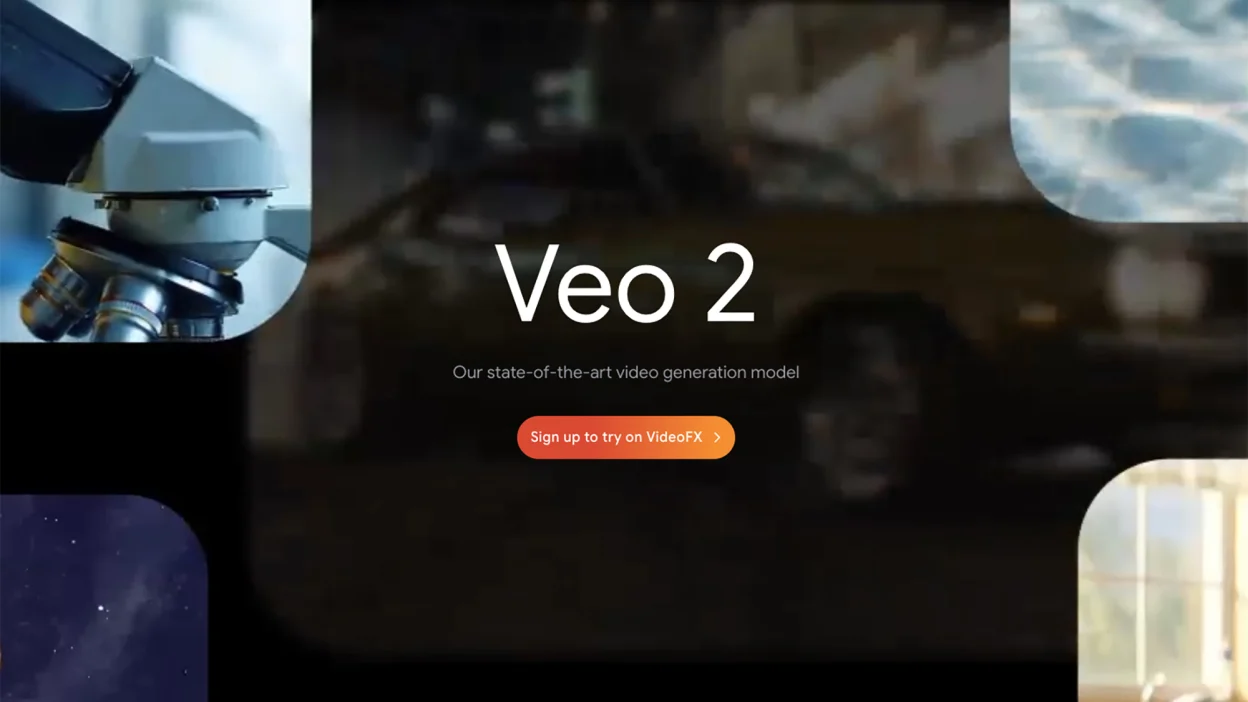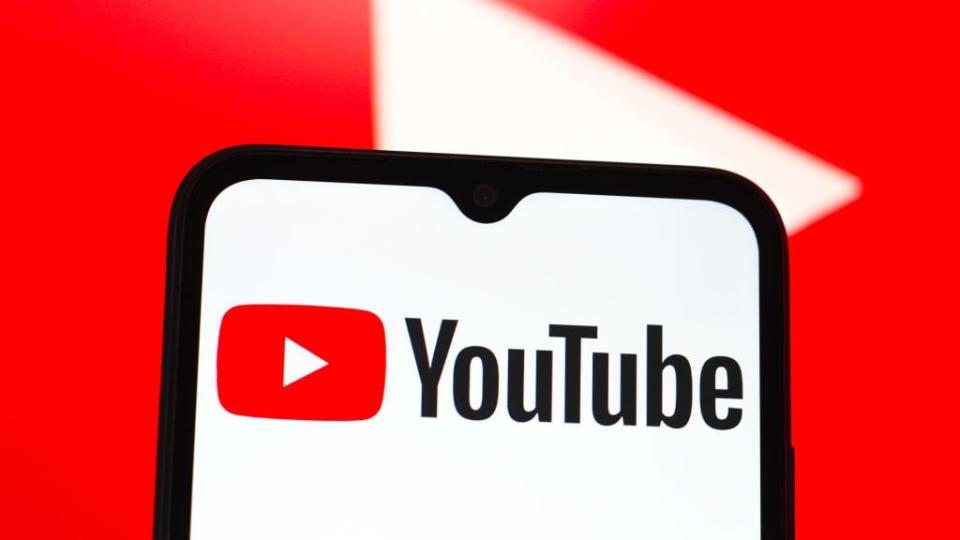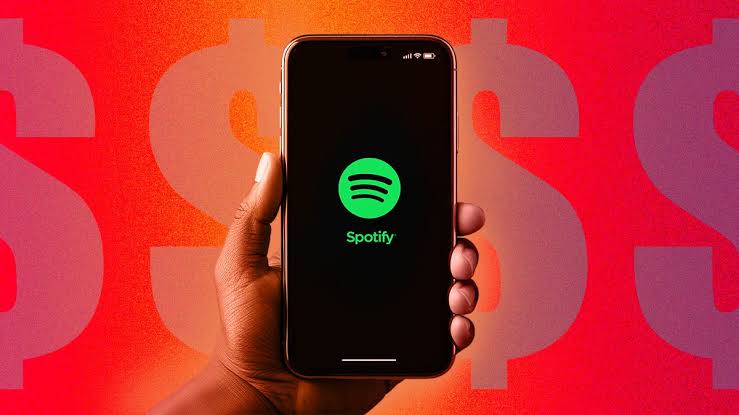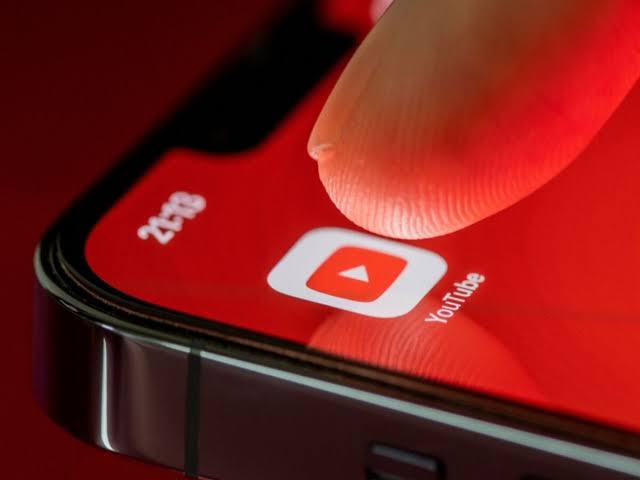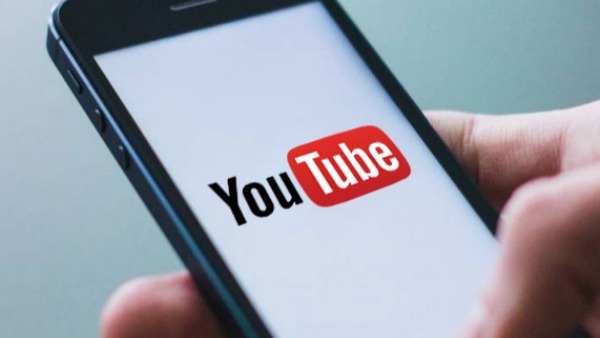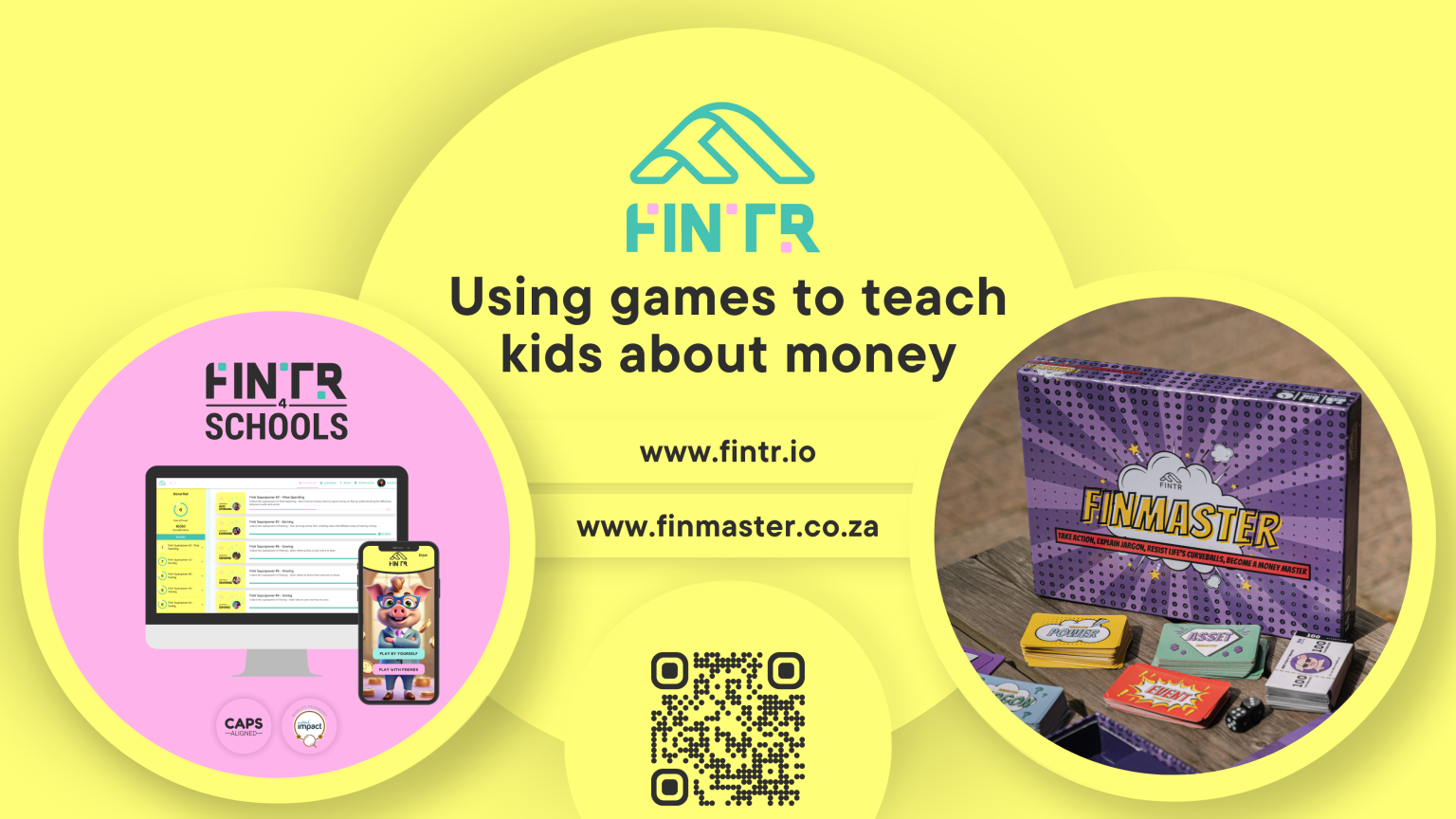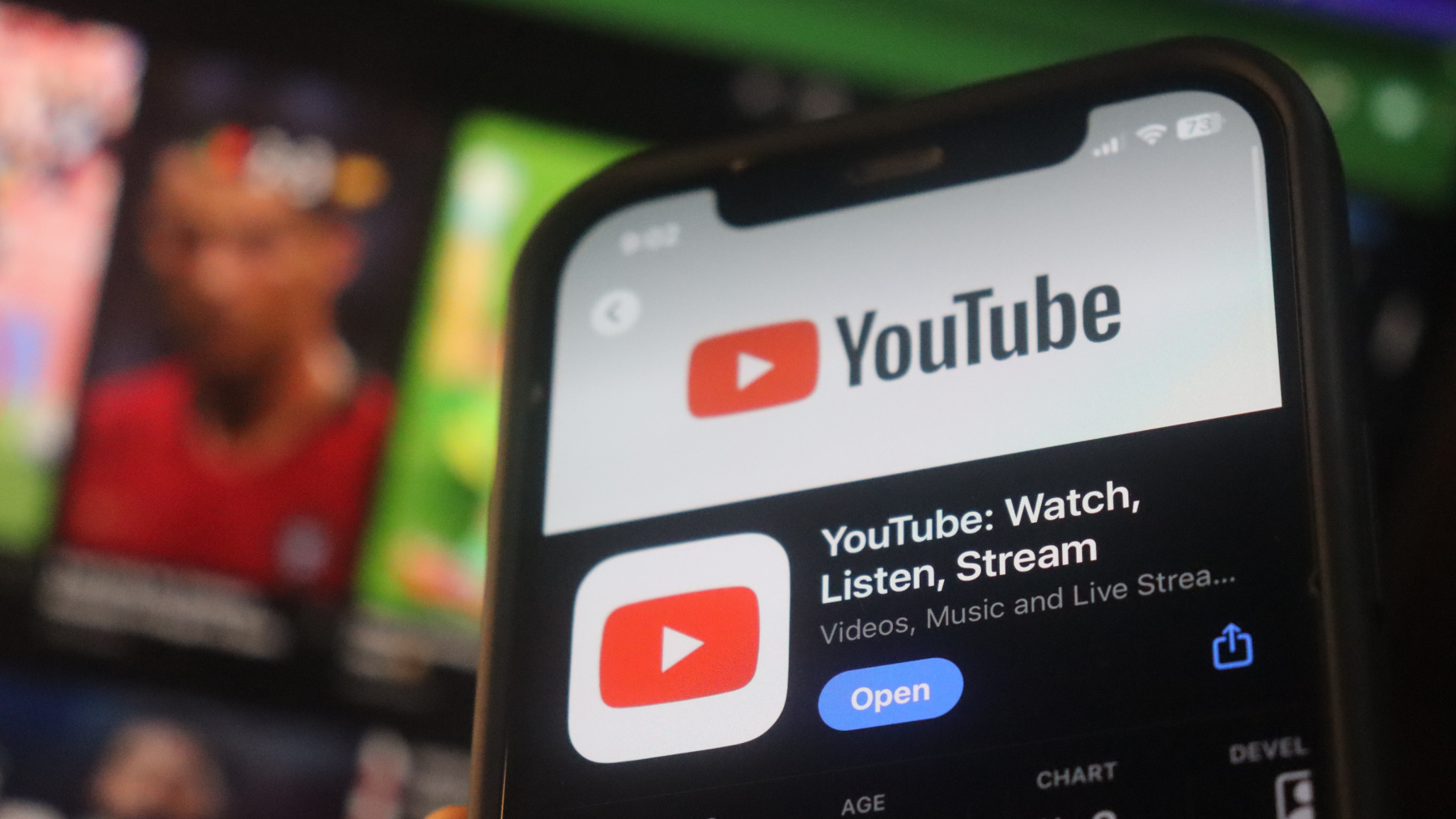Google DeepMind‘s most recent AI video-generating model, Veo 2, was included in YouTube’s Shorts platform on February 13, 2025.
YouTube has made a notable step forward for content creators, offering creators more tools to express their creativity with AI support and transforming short-form video content production.
With Veo 2, YouTube Shorts provides a venue where producers may innovate with AI-generated visuals rather than only a place for brief video samples.
Read also: DeepSeek under threat from US-originated cyber attacks
What is Veo 2?
Veo 2 is an advanced AI model developed by Google DeepMind, designed to generate high-quality video content from textual descriptions. This technology brings a new dimension to YouTube Shorts by allowing creators to craft videos with realistic motion, detailed physics, and cinematic control, all at resolutions up to 4K. It stands out with features like digital watermarking, ensuring responsible AI usage. Veo 2 is poised to be a game-changer for YouTube creators looking to push the boundaries of video content.
Impact of Veo 2 on YouTube Shorts
The integration of Veo 2 into YouTube Shorts signifies a significant upgrade for the platform known for its bite-sized video format. Creators can now use this tool to generate standalone video clips or dynamic backgrounds, enhancing their storytelling capabilities. Dream Screen, initially introduced for background generation, now evolves with Veo 2 to offer complete video clip creation, making YouTube Shorts a more versatile platform for creators.
In the YouTube Shorts editor, creators can engage with Veo 2 through the Dream Screen feature. By entering a text prompt, they can generate various images or video clips, selecting the most suitable one for their content. This functionality allows creators to add creative visual elements or fill narrative gaps within their shorts. The generated content is watermarked with DeepMind’s SynthID technology, promoting transparency in AI-generated content on YouTube.
Reada also: e& and IBM introduce innovative AI governance platform
Creative and economic implications of Veo 2 to YouTube Shorts
The addition of Veo 2 to YouTube Shorts democratises video production, lowering the barriers to entry into content creation. This could increase the quantity and quality of videos on YouTube as creators explore new visual storytelling techniques. However, it also poses questions about content authenticity and the uniqueness of videos in an AI-saturated environment. YouTube’s CEO, Neal Mohan, has positioned Veo 2 as an enhancement to human creativity, not a replacement, aiming to expand the creative possibilities of YouTube creators.
While Veo 2 opens up new avenues for creativity on YouTube Shorts, it also presents challenges. The authenticity of content becomes a focal point, as there is a need to distinguish AI-generated from human-made videos. YouTube’s watermarking helps, but the issue of authenticity remains complex. There’s also the potential for content saturation, where creators struggle to stand out without strategic engagement with YouTube’s algorithms. Ethical use of Veo 2 is another critical aspect, ensuring that this technology complements rather than undermines human creativity.
The integration of Veo 2 into YouTube Shorts marks a pivotal moment in digital content creation, offering tools that could redefine video production norms. As creators adapt to these new capabilities, the landscape of YouTube might surge in high-quality, visually rich content. Yet, YouTube will need to navigate the challenges of maintaining creator authenticity and managing the content ecosystem to ensure that innovation benefits all stakeholders within the YouTube community.
